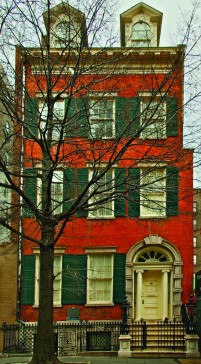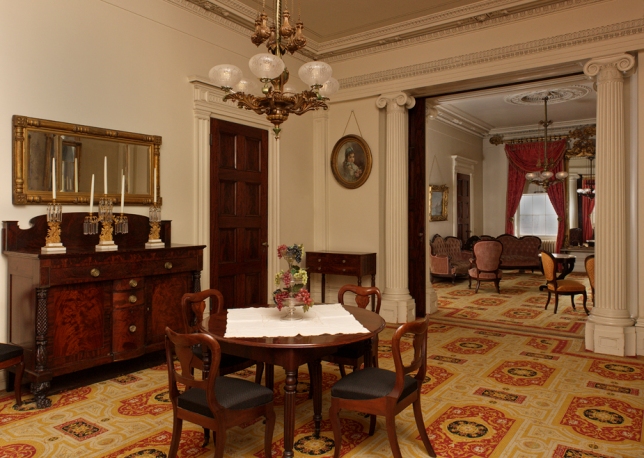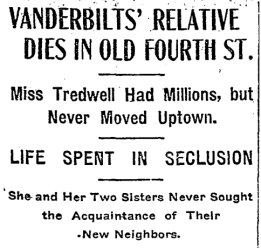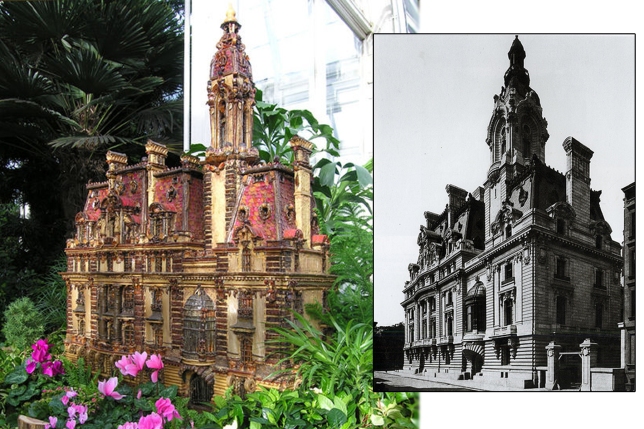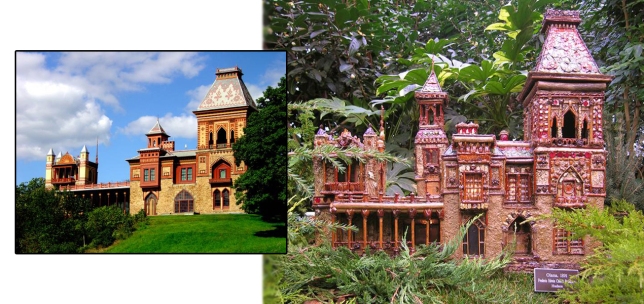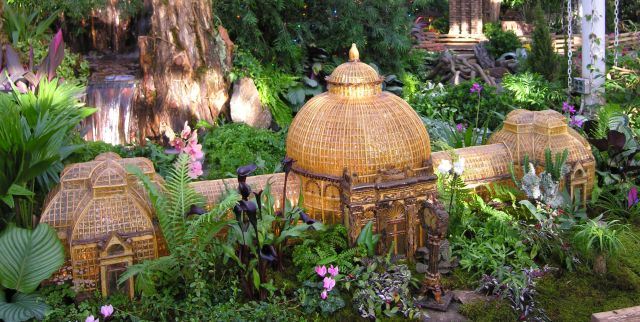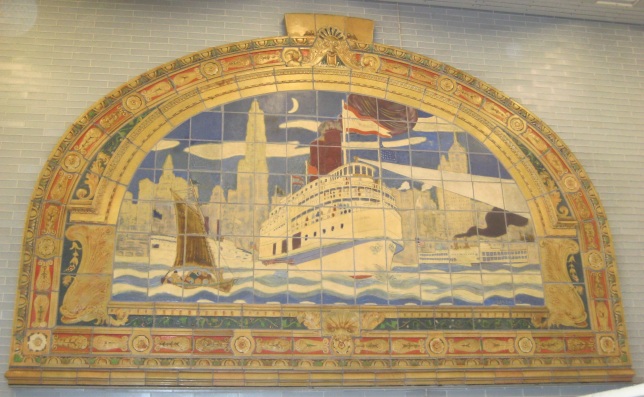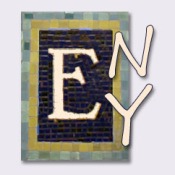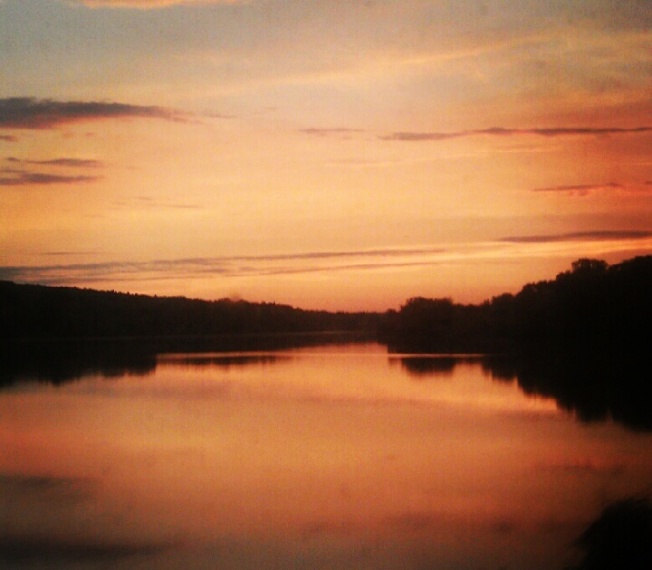September 21, 2012 – February 21, 2013
New-York Historical Society
Entering the New-York Historical Society’s The Hudson River School at the New-York Historical Society: Nature and the American Vision exhibit, I was at first a bit confused. I had never seeing canyons, volcanoes or tundra on drive from New York to Albany, yet there they were lining the walls.
But of course, I soon realized, the Hudson River School wasn’t confined to New York. Manifest Destiny was the buzzword of the day. And as the painter’s traveled West (and South and North and East) they captured majestic, romantic landscapes, feeding other’s imaginations, inspiring more exploration.
The N-YHS’s exhibit is laid out along the Hudson River School painters’ trail they left the Hudson Valley to explore new landscapes. Traveling up the Hudson River, past the Catskills and Albany, north to the Adirondacks and west to Niagara Falls. Leaving New York, to New England, west to the frontier and abroad.
The Hudson Valley
Catskill Creek, 1845
Thomas Cole
Where else to begin my exhibit highlights, but with the founder of the Hudson River School, Thomas Cole. An English expatriate Cole settled in the village of Catskill, New York after traveling as a portrait artist around the East and Midwest.
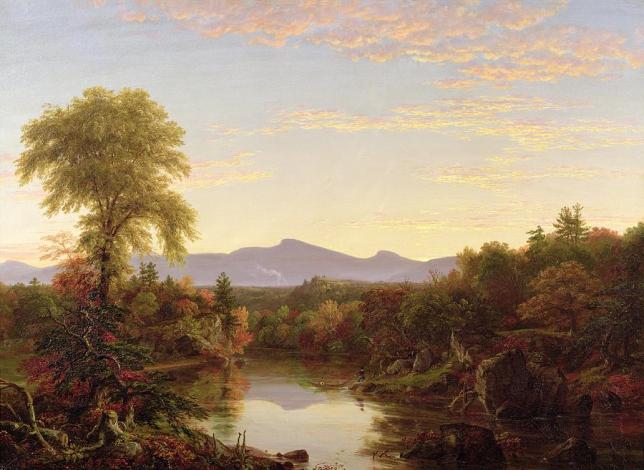
Catskill Creek, 1845
Thomas Cole
Catskill Creek was painted near Cole’s home, Cedar Grove. The romantic scene shows a reverence for natural beauty characteristic to the School with a small boy with a boat in middle ground of the painting. The small human element is common in many Hudson River School paintings. This touch grounds the painting in reality, allowing the viewer to see the scenery as more than a mystical, mythical landscape, but as place inhabited and real.
The Thomas Cole National Historic Site has two great websites to learn more about the artist, his works and his travels, including an interactive map of his Hudson Valley landscapes. There’ll definitely be some Cole inspired hikes in my future.
Fun Fact: Cole was actually introduced to the beauty of Hudson Valley thanks to the landscape painting of friend, and future Hudson River School-er, Asher B. Durand. So does that make Durand the grandfather of the School?
Upstate New York
Winter Twilight near Albany, New York, 1858
George Henry Boughton (1833-1905)
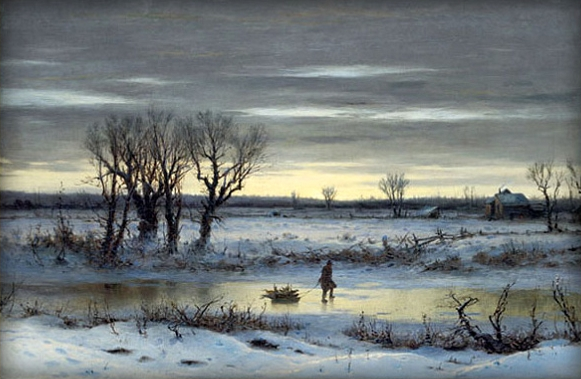
Winter Twilight near Albany, New York, 1858
George Henry Boughton
Standing in front of Boughton’s painting, I couldn’t help but shiver with the work’s palpable chill. Perhaps because Boughton painted en plein aire (in open air), setting up his supplies outside, in front of the scene near Albany, New York. The cold wind he — and the boy carrying wood — must have felt resonates through the canvas.
Fun Fact: Hudson River School artists and their 19th century contemporaries embraced plein air painting thanks to the advent of pre-mixed oil paints and transportable easels or porchade (quick sketch) boxes (source).
Westward Ho!
Donner Lake from the Summit, 1873
Albert Bierstadt
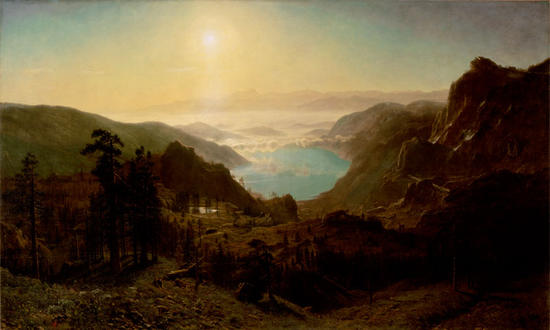
Donner Lake from the Summit, 1873
Albert Bierstadt
The name Donner stirs images of a harsh winter, a doomed clan of pioneers, and well you know the rest. The story behind the scene adds a macabre, eerie note to its beauty. The Donner Party would have recognized the scene. Donner Pass lies just on the other side of the lake. I imagine it felt strange for Bierstadt, comfortably travelling by train through an area where not 30 years ago such a twisted tragedy had taken place. A nod to the progress, if nothing else.
The work was in fact commissioned by Collis P. Huntington, the railroad magnate behind the Central Railroad. A scene from outside the window of his train as it cuts through the Sierra Nevada Mountains, the western leg of the transcontinental railroad.
The European Tour
Lake Maggiore, Italy, 1858
Sanford Robinson Gifford
Gifford dropped out Brown University in 1844 to become a painter. He first began as an itinerant portrait artist, but he longed to join the group of artists influenced by Thomas Cole’s breathtaking landscapes. To that end he began studying at the National Academy of Design on Fifth Avenue and 89th street and by 1847 exhibited his first landscape.
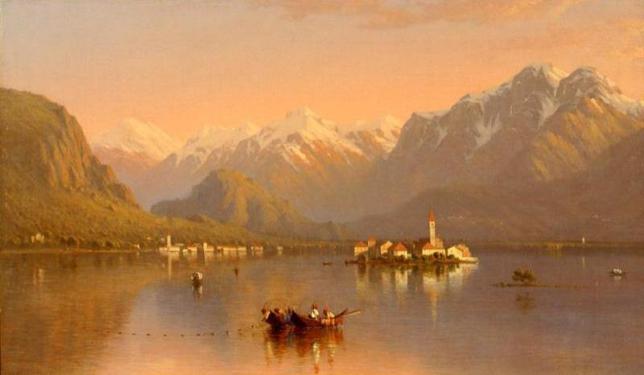
Lake Maggiore, Italy, 1858
Sandford Robinson Gifford
Embarking on his first European tour in 1855, Gifford found inspiration for Lake Maggiore in the Italy’s Northern region of Piedmont. The second largest Italian lake, several inhabited islands dot the water, including Iosla Bella, featured in this work. Again you’ll notice the trademark human element as gondolier fisherman prepare for the catch of the day in the foreground.

Tenth Street Studio Building where many Hudson River School painters lived and worked
Upon returning to New York, Gifford moved into the newly built Studio building on West 10th street, designed for artists to work and live. His neighbors included notable Hudson River School painters Alfred Bierstadt and Frederic Church.
The Studio building began the long tradition of Greenwich Village as the City’s culture capital. Sadly, the building was destroyed in 1956 to make room for an apartment building…One where Julia Roberts now occupies the penthouse.
Tune in for More
I’m going to be writing a few more posts on this exhibit over the next few weeks because, well, there are more things I’d like to talk about, but this post is running long.
I sincerely recommend you make a trip up to the New-York Historical Society and check this one out. And please report back on your thoughts and favorite pieces.
Plan Your Trip
Head uptown and see the show for yourself. I promise, it doesn’t disappoint.
New-York Historical Society
170 Central Park West (at 77th Street)
New York, NY 10024
Phone (212) 873-3400
Tuesday-Thursday, Saturday – 10am-6pm
Friday – 10am-8pm
Sunday – 11am-5pm
Monday – CLOSED



